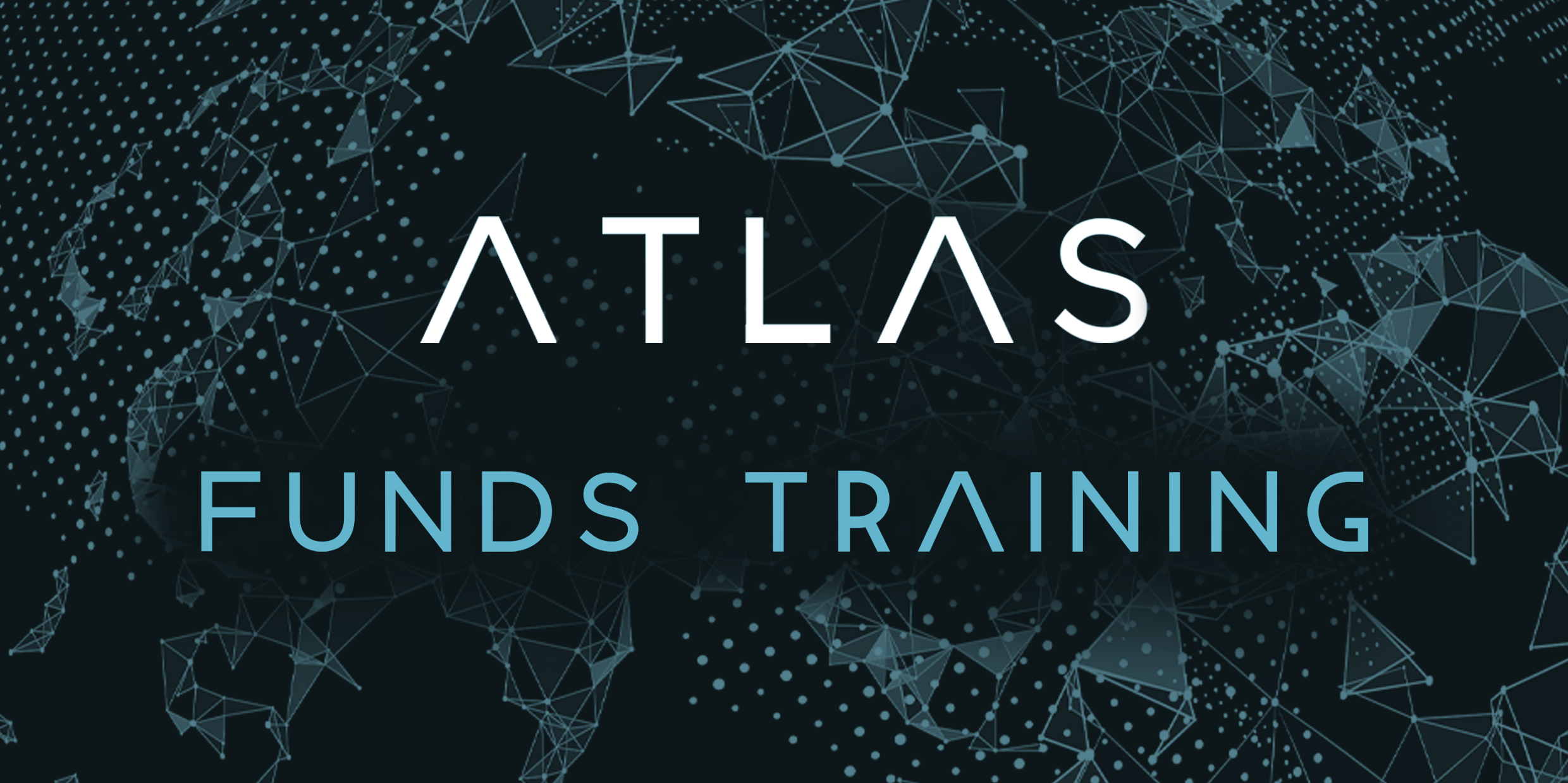Tuesday March 30 2021
News Source: Fund Regulation
Focus: UCITS
Type: General
Country: European Union
The European Securities and Markets Authority (ESMA) has updated its Questions and Answers on the application of the Undertakings for Collective Investment in Transferable Securities Directive (UCITS Directive) and Alternative Investment Fund Managers Directive (AIFMD).
ESMA has added two new Q&As on the ESMA’s guidelines on performance fees in UCITS and three Q&As on AIFs (“the guidelines”).
The Q&As provides clarification on the crystallisation of the performance fees and on the timeline of the application of the performance reference period.
The purpose of this Q&A document is to promote common supervisory approaches and practices in the application of the guidelines.
Updated Q&As – UCITS and AIFMD
Crystallisation of performance fees
Question:
Based on paragraphs 40 and 41 of the guidelines on performance fees in UCITS and certain types of AIFs (“Guidelines on performance fees”), should performance fees be paid only at the end of the performance reference period of 5 years?
Answer :
No. The Guidelines on performance fees do not prevent to pay performance fees during the performance reference period of 5 years and/or in the first years of a fund’s existence, in case the fund has not existed for 5 years.
By way of example, if on the crystallisation date of the fund (e.g. at the end of the second year of existence of the fund), the fund has overperformed the reference indicator and there is a positive accrual of performance fees those can be paid. In this case, the accrual will be crystallised in the payment of the performance fees to the management company.
On the contrary, if on the crystallisation date of the fund (e.g. at the end of the third year of existence of the fund) the fund has underperformed the reference indicator and as a consequence there are no accrued performance fees, this underperformance is brought forward for the purpose of the calculation of performance fees the following year. In this way, compensation of negative performances is ensured over the years during a reference period of 5 years.
Timeline of the application of the performance reference period
Question :
Paragraphs 40) and 41) of the Guidelines on performance fees recommend that the length of the performance reference period (if this is shorter than the whole life of the fund) should be set equal to at least 5 years. How should the performance reference period be set for the first time in light of the application date of the guidelines?
Answer:
Managers of any funds already compliant with paragraphs 40) and 41) of the Guidelines on performance fees before the application date of the guidelines should look at the past 5 years/whole life of the fund for the purpose of setting the performance reference period (i.e. they should not reset the performance reference period after the application date of the guidelines).
In all the other cases, managers should apply the performance reference period starting from the beginning of the financial year following 6 months from the application date of the Guidelines (i.e. the performance reference period should start at the beginning of the financial year following 5 July 2021; by way of example, if the financial year of the fund starts on 1 September 2021, the period 1 September 2021 – 1 September 2022 should be considered as the first year of the performance reference period).
Updated Q&As – AIFMD
Question:
Are ELTIFs in scope of the Guidelines on performance fees?
Answer:
The Guidelines on performance fees apply to managers of UCITS and, in case Member States allow AIFMs to market to retail investors in their territory units or shares of AIFs they manage in accordance with Article 43 of the AIFMD, they also apply to AIFMs of those AIFs, except for:
- a) closed-ended AIFs; and
- b) open-ended AIFs that are EuVECAs (or other types of venture capital AIFs), EuSEFs, private equity AIFs or real estate AIFs. Therefore, ELTIFs marketed to retail investors that do not have a closed-ended structure, within the meaning of Article 1(2) of the Delegated Regulation 694/201425 , and are not venture capital/private equity or real estate AIFs are in scope of the guidelines.
Click on the link for further information.



